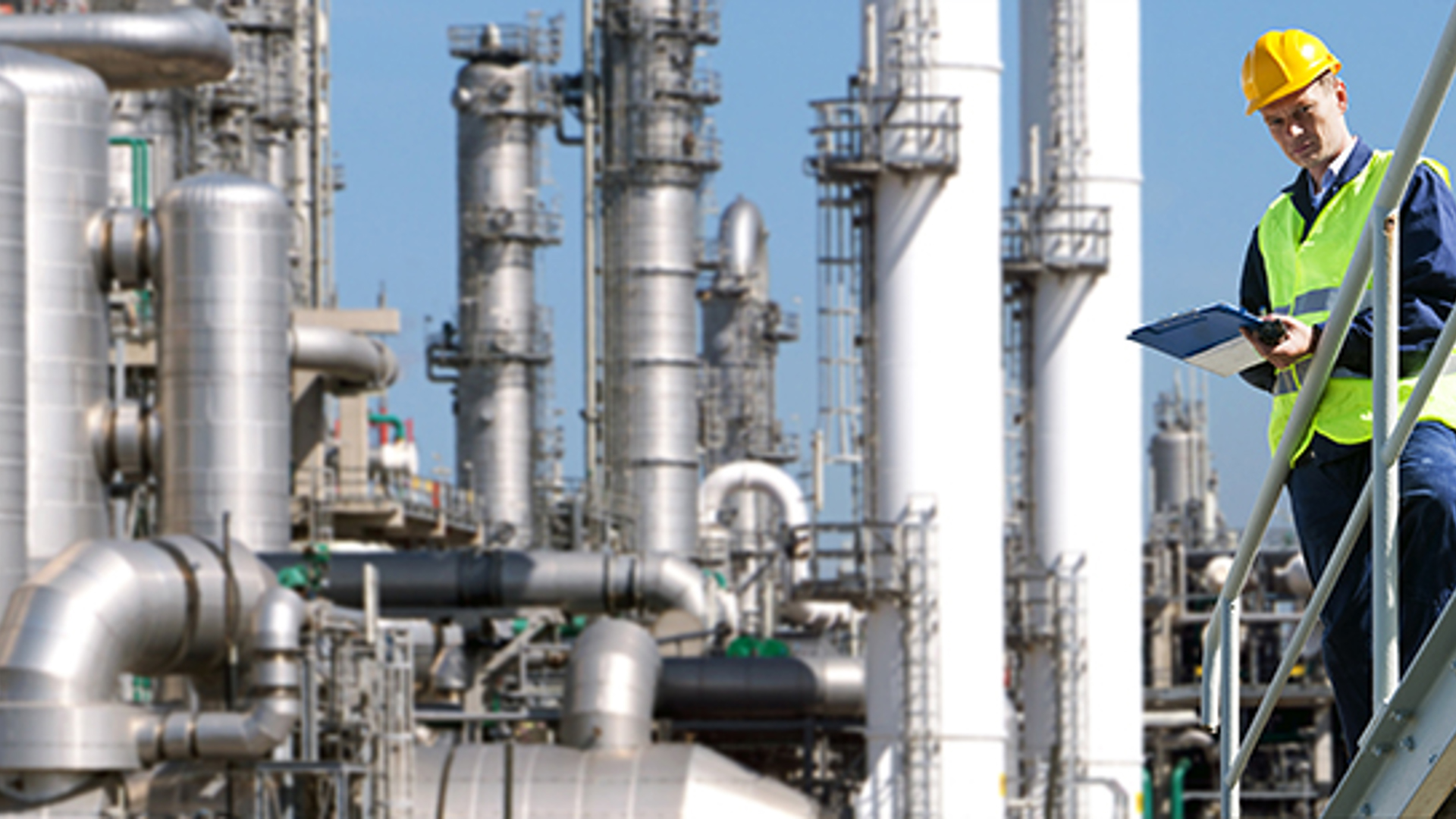Accurate representation of process variables
Accurate representation of process variables is important for several reasons. Process and automation safety, yields, quality and efficiency are all influenced by the accuracy of the measured value.
As such it is imperative that the design and engineering of process control systems incorporate components with superior accuracy specifications, across the widest range of ambient conditions.
Taking temperature transmitters as an example.
Accurate measurement of temperature is fundamental to the safety and efficiency of many industrial processes in the Chemical, Steel, Pharmaceutical and Oil & Gas industries to name but a few. The very small signals from temperature sensors such as Thermocouples and RTDs mean that a temperature transmitter is often used to both convert the relevant mV or resistance to a more robust 4-20 mA signal and to offer improved immunity to signal interference.
How accurately the temperature transmitter can convert and retransmit the sensor signal is therefore an important factor in the overall accuracy of the process loop.
Temperature transmitter accuracy is influenced by a number of external and internal factors. Examples of external factors include HF noise, ambient temperature, power supply and induction noise. Internally, nonlinear components, self-heating or internal noise will also adversely affect a device’s accuracy.
The quality of the mechanical and electrical design of a temperature transmitter determines how effectively these various factors are suppressed, and in turn how accurately your process value is represented.
All mentioned factors contribute to the accuracy of a temperature transmitter and therefore have to be included in any calculation of transmitter accuracy.
Considering some of these influences in more detail:
Temperature coefficient:
All electronic equipment is influenced by changes in the ambient temperature. Manufacturers will normally calibrate a device at room temperature (+20°C). However, the further the ambient temperature deviates from the calibration temperature, the greater the inaccuracy.
Temperature coefficient is the term used for quantifying this effect on the accuracy. The temperature coefficient can be stated as e.g. % of Span/°C or °C/°C
 |
| The measurement accuracy changes when the ambient temperature varies from the temperature at which the device was factory calibrated. |
| Example: Tcoef = 0.01 °C/°C, Tamb = 35°C, Cal = 20°C Tcoef = 0.01 x (35-20) = 0.15°C |
The lower the temperature coefficient, the more accurate and stable the transmitter will be across varying ambient temperature ranges.
Linearity error:
Is normally stated as e.g. ±0,1% of span. This is the max. margin of error the transmitter has from the ideal curve.
 |
| The linearity error is the max. limits within which the current error is allowed to oscillate. The error is increasing when measuring in higher temperature ranges. |
Nonlinearity and repeatability are normally included in accuracy values shown in temperature transmitter data sheets and manuals.
Typical and "worst case" accuracies:
When an accuracy is tested, it is usually only the parameter that is to be tested that is changed. All other parameters are kept constant in order to obtain a clear picture of the impact of the parameter.
Accuracies may differ in a positive or negative direction compared to the ideal value. A typical accuracy is therefore calculated as the sum of squares of the separate variables e.g.

Worst case accuracy indicates the sum of deviations, where it is theoretically assumed that all errors move in the same direction by which the largest possible error occurs.

Calculation example:
| Temperature input | Pt100 Ω |
| Temperature range | 0...150°C |
| Ambient temperature, Tamb | 35°C |
| Accuracy | <±0.18°C |
| Temperature coefficient, Tcoef | <±0.01°C/°C |
| Calibration temperature | 20°C |
| Temperature coefficient, Tcoef | = 0.01 x (35-20) = ±0.15°C |
Typical accuracy (according to formula):

Worst case accuracy (according to formula):

*Additional inaccuracies due to power supply deviation and EMC may also be considered when making calculations if they are detailed in the product data sheet.
|
|
Depending on manufacturer, accuracy specifications are often represented by different terms or units; as such if you want to compare the accuracy specifications of two products, it's important to convert to identical terms in order to form a reliable frame of reference.
PR electronics offers a range of temperature transmitters with proven high accuracy including the 5437 and 6437 smart temperature transmitters which offer the highest accuracy in the market, across the widest range of input types. |




